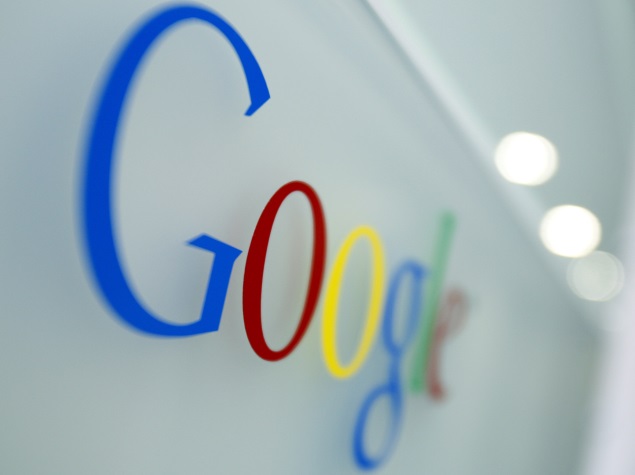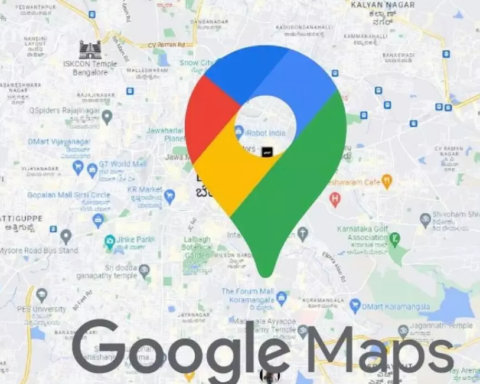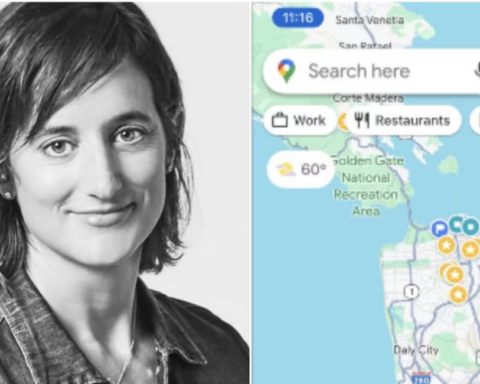360˚ street-level views from Dhaka, Chittagong and 42 notable Bangladeshi sites now available on Google Maps
people around the world can digitally tour the streets of Bangladesh using Google Maps. With the continued support of the Government of Bangladesh’s Access to Information (a2i) Programme, along with other Ministries, Google introduced the first Street View imagery of Bangladesh on Google Maps, making this the 65th country to come online through Street View. This new Street View imagery allows anyone with an Internet connection to view 360-degree panoramas of public roads within Dhaka and Chittagong, and 42 notable sites from across the country, such as the National Parliament house and the Kantajeu Temple.
In areas where Street View is available, the imagery can be accessed by dragging the orange “Pegman” icon on the bottom right-hand side of the map over and into a blue highlighted road. In the Google Maps for mobile app on Android and iOS, people can also search for local destinations and where available, access Street View imagery directly from the search result.
locals can use the street-level panoramas to check out new views of familiar and unfamiliar landscapes, research driving routes, arrange meeting points, and explore their own cities more closely. Bangladeshi businesses can also benefit from Street View technology by embedding Google Maps directly into their site. Hotels in Dhaka, for example, can easily show their prospective guests what the building looks like on the street and also provide them with a sense of the surrounding neighborhood.
This new 360-degree digital imagery of Bangladesh will let people around the world discover and digitally explore the country from afar, whether it’s taking in a view from a bridge in Dhaka, skimming down the Chittagong Coastal Road, or virtually walking down Lake Road outside the National Parliament House, Dhaka, Bangladesh.
Speaking at the launch, Mr. Obaidul Qader, Minister of Road Transport and Bridges Ministry said, “I am honored to be on stage again to celebrate the official release of Street View imagery for Bangladesh, the 66th country to participate in this service The Street View project is an interesting one, because it shows how ICT technologies can have benefits across a wide range of sectors in Bangladesh from business to tourism. With Vision 2021 Digital Bangladesh, the Government is striving to bring positive change to each of these sectors and society generally, as well as the delivery of government services through increased deployment of ICT technologies.”
Civil Aviation and Tourism Secretary Mr. Khorshed Alam Chowdhury, USAID Mission Director in Bangladesh Ms. Janina Jaruzelski, Director General (Admin) of Prime Minister’s Office (PMO) and Project Director of a2i Programme Mr. Kabir Bin Anwar, Policy Advisor of Access to Information (a2i) Programme at the Prime Minister’s Office Mr. Anir Chowdhury, and other government and a2i officials were also present in the ceremony, where Google announced the latest initiative to bring more Street View to Bangladesh.
Today Google also introduced the Street View Trekker, a wearable backpack camera system, to Bangladesh. Designed to capture 360-degree photographs of places only accessible by foot, the Street View Trekker will allow Google to help capture more of Bangladesh’s off-road sites and make these landscapes easily accessible for everyone to experience online.
Ann Lavin, Director, Public Policy, Google Asia Pacific, said, “We hope this new Street View imagery helps show Bangladesh to the world from a fresh perspective. From showcasing bustling roads in Dhaka to the some of the countries’ most well known temples, Street View can help raise awareness of the country as an emerging destination for visitors around the world. We look forward to bringing more of Bangladesh online through Google Maps over the next months.”
Google goes to great lengths to safeguard privacy in Google Maps with Street View while enabling all users to benefit from this feature. Google has developed highly sophisticated technology that effectively blurs human faces and license plates of vehicles to render them unidentifiable. In addition, Google is extremely responsive to any requests received from users to further blur any images that feature them.






